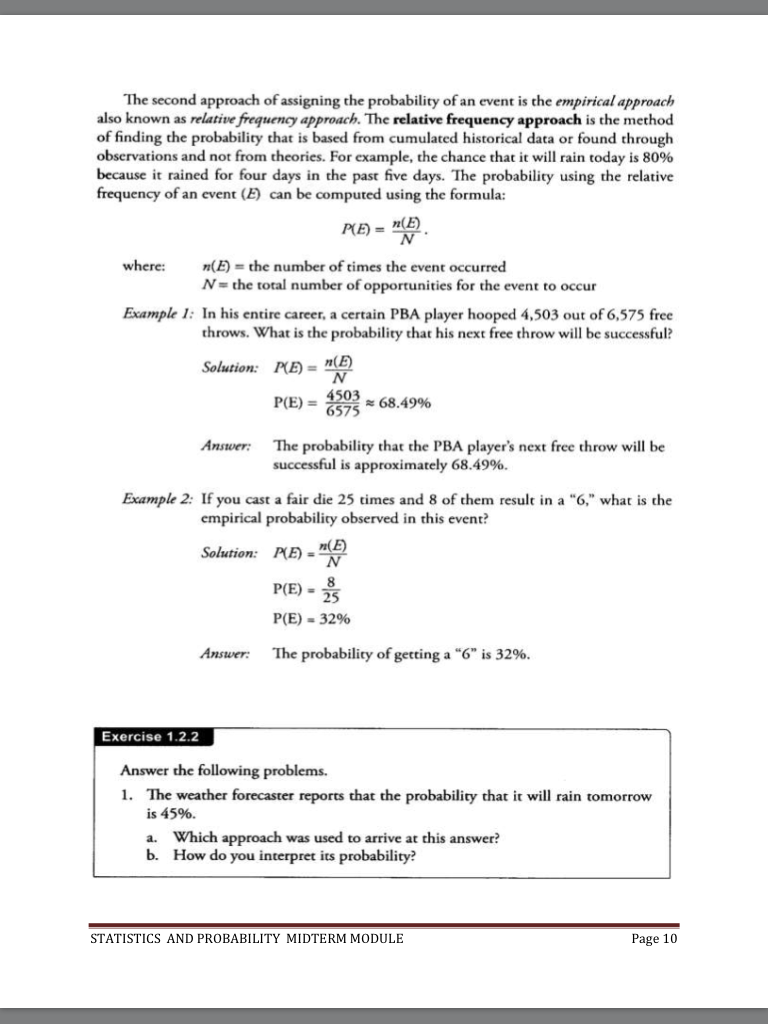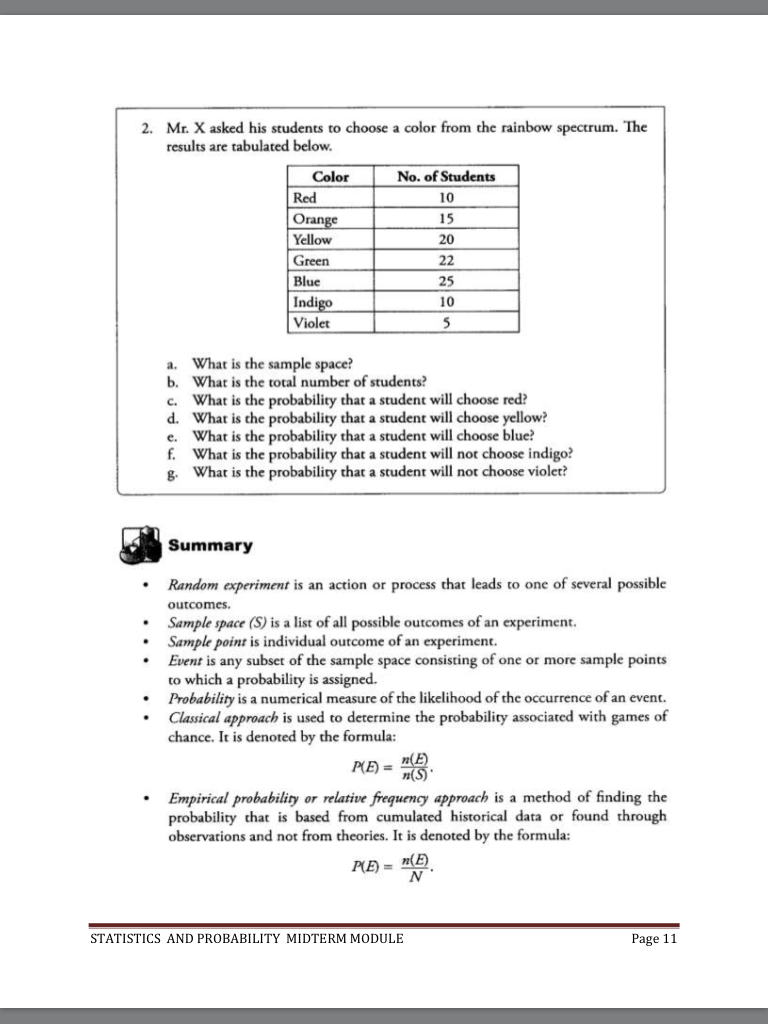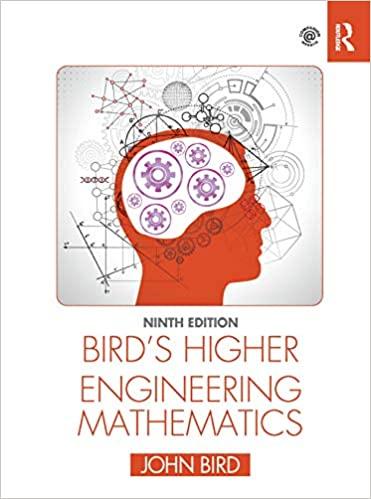Hi I need help on what is the answer to this problems? Below is the question and other concerns will be in the comment section. I hope you can help me and surely I will give you full positive feedback
.
The second approach of assigning the probability of an event is the empirical approach also known as relative frequency approach. The relative frequency approach is the method of finding the probability that is based from cumulated historical data or found through observations and not from theories. For example, the chance that it will rain today is 80% because it rained for four days in the past five days. The probability using the relative frequency of an event (E) can be computed using the formula: P(E) = "(E) N where: "(E) = the number of times the event occurred N= the total number of opportunities for the event to occur Example 1: In his entire career, a certain PBA player hooped 4,503 out of 6,575 free throws. What is the probability that his next free throw will be successful? Solution: P(E) = "(E) N P(E)= 4503 6575 * 68.49% Answer: The probability that the PBA player's next free throw will be successful is approximately 68.49%. Example 2: If you cast a fair die 25 times and 8 of them result in a "6," what is the empirical probability observed in this event? Solution: P(E) = "(E) N P(E) = 25 P(E) - 32% Answer: The probability of getting a "6" is 32%. Exercise 1.2.2 Answer the following problems. 1. The weather forecaster reports that the probability that it will rain tomorrow is 45%. a. Which approach was used to arrive at this answer? b. How do you interpret its probability? STATISTICS AND PROBABILITY MIDTERM MODULE Page 102. Mr. X asked his students to choose a color from the rainbow spectrum. The results are tabulated below. Color No. of Students Red 10 Orange 15 Yellow 20 Green 22 Blue 25 Indigo 10 Violet S a. What is the sample space? b. What is the total number of students? C. What is the probability that a student will choose red? d. What is the probability that a student will choose yellow? e. What is the probability that a student will choose blue? f . What is the probability that a student will not choose indigo? g. What is the probability that a student will not choose violet? Summary Random experiment is an action or process that leads to one of several possible outcomes. Sample space (S) is a list of all possible outcomes of an experiment. Sample point is individual outcome of an experiment. Event is any subset of the sample space consisting of one or more sample points to which a probability is assigned. Probability is a numerical measure of the likelihood of the occurrence of an event. . Classical approach is used to determine the probability associated with games of chance. It is denoted by the formula: P(E) = "(E) m(S) . Empirical probability or relative frequency approach is a method of finding the probability that is based from cumulated historical data or found through observations and not from theories. It is denoted by the formula: P(E) = "(E) N STATISTICS AND PROBABILITY MIDTERM MODULE Page 11








